Emergency Preparedness Step 1 – Utility Shut-Off
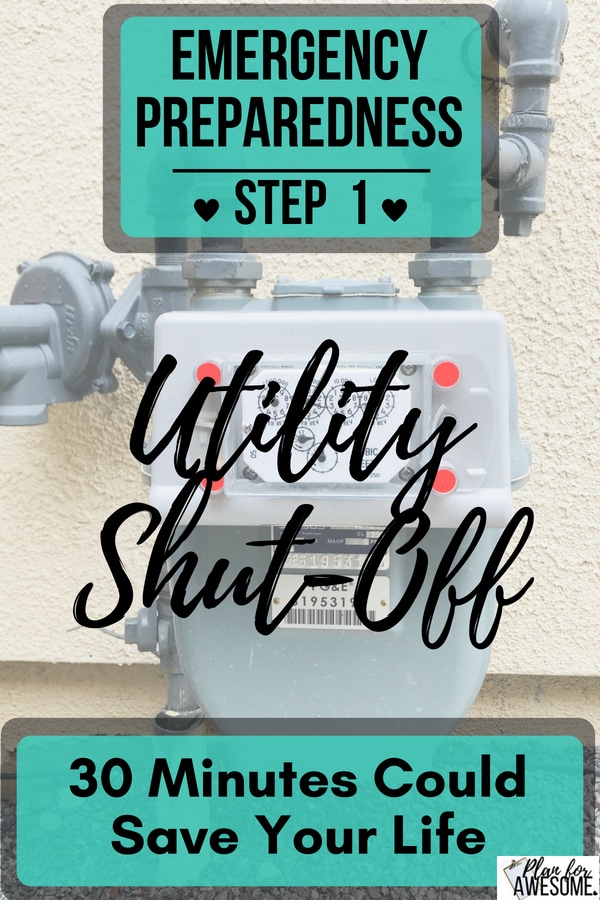
We are going to start small. Well, maybe small is the wrong word. We are going to start with the basics. And by basics, I mean basic household knowledge that everyone should know, and most people probably don’t.
So let’s start there. And, I have some good news for you! This step is going to be FREE for most of you! It will only take about a half hour of your time, and will cost you absolutely nothing!
I’ve provided a FREE PRINTABLE with some room under each category for you to write the tools you need, the location, and instructions on how to take care of each item. Instructions to download this printable are at the bottom of this post under the Checklist.
**This post contains affiliate links, which means if you click on a link and make a purchase, I may make a small commission at no extra cost to you**
Gas Shut-Off
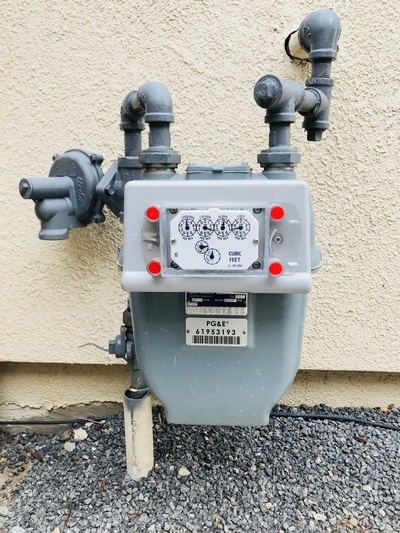
Do you know where and how to shut off your gas if there is a gas leak?
When to shut your gas off:
- If you smell or hear natural gas leaking
- If there is a fire close to your home
- If the authorities tell you to
DO NOT shut off your gas entirely…
unless it is the real deal. It is a good idea to test this, to make sure you know how to do it, but do not turn it all the way. Doing so will require your gas company to come out and turn it back on.
Personal Experience
I have a SUPER embarrassing reason to have had personal experience with this. I always back in when I park. It’s just what I’ve always done. I can hardly park forwards now. It’s literally easier for me to back into a parking spot than to pull forward.
We had just recently poured cement on the side of our new house, to allow more space for parking. I was backing up my suburban in the new parking spot, and hit the gas meter sticking out on the side of our house!!!!!!!! I wasn’t even looking for it. I didn’t even realize it was there. It cracked the gas line and was making a super loud hissing sound. It was so scary! Luckily, my husband was home (not so luckily, he watched me do it), and he took care of shutting the gas off while I gathered the kids and ran them over to the park.
After experiencing that unexpected, self-induced emergency, I cannot stress enough the importance of having the knowledge and the tools that you need, to take care of such dangerous situations when they arise (whether from your own stupidity, or through no fault of your own).
Your Task
Okay, so back to your task. Do you know where and how to shut off your gas?
Where is the gas shut-off?
Ours is a PG&E SmartMeter in front of our side gate.
How do you shut your gas off?
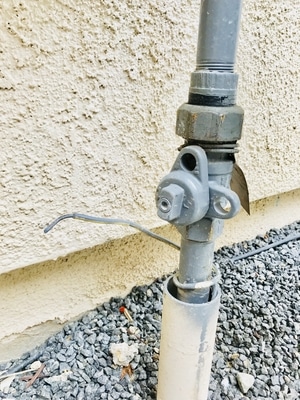
These will do the job. To shut it off, you need a crescent wrench, a pair of heavy-duty pliers, or a shut-off tool, to turn the little knob (valve).
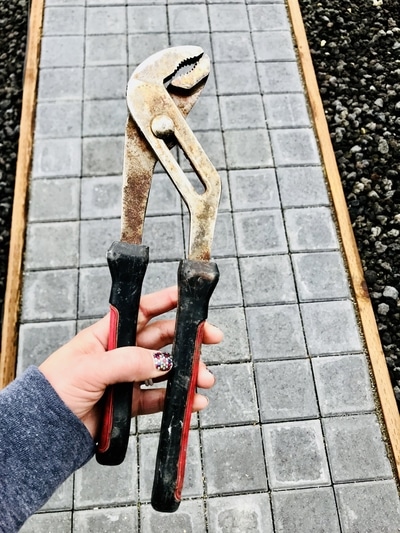
Turn the valve a quarter turn, until it is perpendicular to the pipe (holes will line up on ours). If the valve is parallel to the pipe, the gas is on. It is off when the valve is perpendicular to the pipe.
Water Shut-Off:
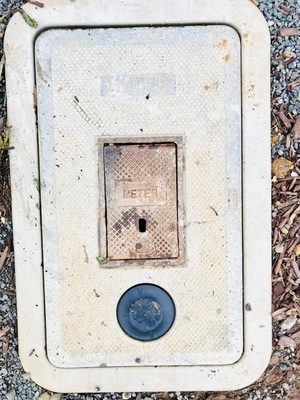
If there were some sort of contamination in the water, do you know where and how to shut it off?
Where is the water shut-off?
Warm Climate
If you live in a warm climate, the water shut off is under that big cement rectangle in your front yard.
Cold Climate
If you live in colder climates, the water shut off is probably either in your crawl space or your basement (if your basement is finished, check the closets in the bedrooms).
If it’s in the basement, it will probably be either in the wall or on the water pipe leading to the water heater.
How do you shut your water off?
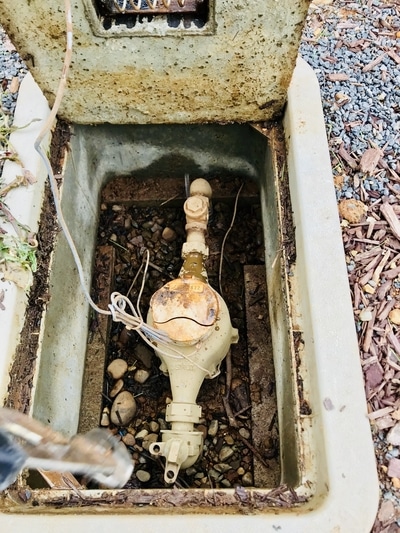
To turn it off, lift up the cement block, and twist the valve clockwise until it won’t turn anymore.
It may have a little handle already that you just turn, or it may look like ours, very similar to the gas shut off, in which case you would need pliers or a shut-off tool to turn it clockwise.
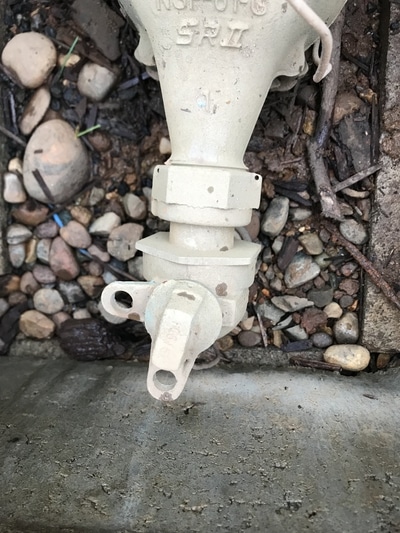
Electricity Shut-off
There are usually two places that provide a way to turn off the electricity.
Electrical Circuit Box
Where is the electrical circuit box?
You’re probably already familiar with the electrical circuit box. It’s where you go when you need to flip a breaker switch, when you have tripped a circuit by running too much electricity in a certain place in your house. These switches are located in the electrical circuit box, usually either in your basement, laundry room or mudroom, garage, or even outside your home. I was shocked to find it on the outside wall of our home, accessible to anyone! If this is the case, I would strongly recommend putting a lock on it.
How do you shut your electricity off from the electrical circuit box?
The breakers will either be switches or pushmatic. Most newer units are switches, that switch from left to right. If you have pushmatic circuit breakers, you just push on them and they pop out and then pop in when pushed again.
To turn off electricity to your home, it is recommended to first turn off each individual breaker and then the main one, usually located at the top.
***If any of your circuit breakers are not labeled, contact an electrician to come out and label everything for you, BEFORE you need the information!***
How do you turn electricity back on from the electrical circuit box?
When turning electricity back on, make sure all of the individual breakers are switched to off. Turn on the main one at the top first, and then turn on the individual breakers, a few at a time.
Electrical Service Panel
The Electrical Service Panel is different from your electrical circuit box. The Electrical Service Panel has a meter on it.
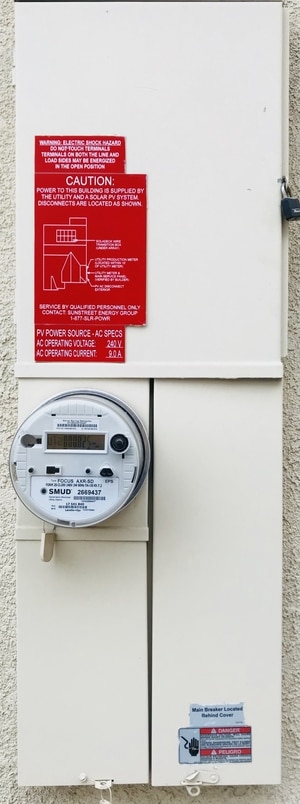
Where is the electrical service panel?
It is usually located on the outside of your home, either in the back or the side yard.
How do you shut your electricity off from the electrical service panel?
This has individual breakers for each 220 Volt circuit, as well as the 110 Volt circuits on the outside of your home. In addition to these, there is a main switch, usually labeled “Emergency Disconnect,” “Service Panel Disconnect,” or “Main Shutoff.” By switching this, you will cut off ALL power to your home. In an emergency, this is the quickest way to cut all power to your home.

Garage Door Manual Operation
I have also needed to know this! The power was out, and I wanted to leave the house. But my car was stuck in my garage.
I needed to know how to disconnect the garage door from the automatic features, and manually pull it up.
***Do not disconnect power while the door is up. If you happen to have a broken spring, the full weight of the door could come crashing down, smashing anything in its path, as well as ruining your garage door (and those aren’t cheap…I would know…eh-em. A story for another day)***
How do you disconnect the garage door and operate it manually?
Pull on the red cord hanging down from the trolley (the piece that carries the garage door on the upper track). Pull the rope down and toward the motor (toward your house). The trolley disconnects from the attachment point, and the door will stay disconnected.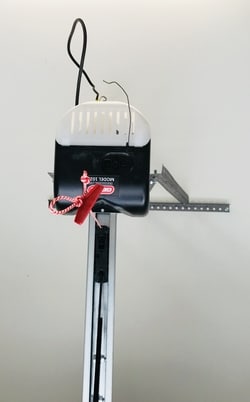
How do you reconnect the garage door to the power?
To reconnect the power, you have two options.
Manually:
Pull the red rope down and toward the door itself. This will free the lever to attach to the attachment point. Then lift the garage door until it attaches.
Wait until the power comes back on:
Press your remote control to activate the motor
Emergency Preparedness Step 1 Checklist:
To get your free printable House Safety PDF, all you have to do is subscribe to this blog (it’s free!), and the printable PDF link will be emailed to you. Subscribing to this blog gives you access to free printables that are only available to subscribers. You will also receive occasional emails (just from me – no one else) that will no doubt help you on your journey to preparedness, so it’s a win-win! ♥ Scroll down to the bottom of this page to subscribe and get your free printable.
If you are already a subscriber, this schedule is available to you on the subscriber-only printables link that is included in every email.
- Print the FREE PRINTABLE House Safety PDF
- Fill it out!
- Laminate it or stick it in a sheet protector and put it somewhere safe and accessible
- Find/purchase any tools you are missing, in order to take care of items on the list
- HERE is a link to a common shut-off tool.
- Secure tools needed for each item, as close to the item as possible
- Move on to Emergency Preparedness Step 2!
